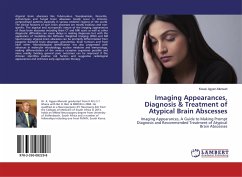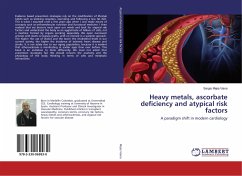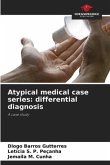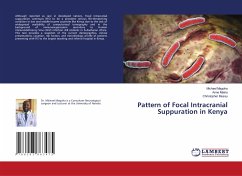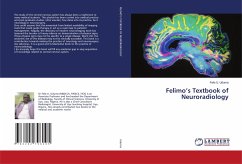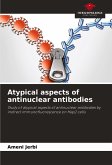Atypical brain abscesses like Tuberculous, Toxoplasmosis, Nocardia, Actinomyces and fungal brain abscesses mostly occur in immuno-compromised patients especially in various endemic regions of the world. The clinical features of such brain abscesses are mostly insidious and non- specific. The atypical and non-specific nature of the imaging appearances of these brain abscesses including Brain CT and MRI scans as well as other diagnostic difficulties can cause delays in making diagnoses but with the application of modalities like Diffusion Weighted Imaging (DWI) and MR Spectroscopy, atypical brain abscesses can be promptly differentiated from pyogenic bacterial brain abscesses, granulomas, brain tumours and from each other. Microbiological identification has also progressed with advances in molecular microbiology, nuclear medicine and immunology, making differentiation of the various causative organisms possible and more readily. Existing general poor outcomes can be improved if theclinician identifies positive risk factors and suggestive radiological appearances and institutes early appropriate therapy.
Bitte wählen Sie Ihr Anliegen aus.
Rechnungen
Retourenschein anfordern
Bestellstatus
Storno

